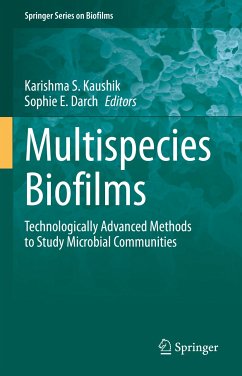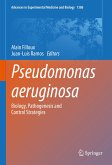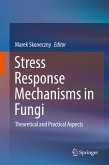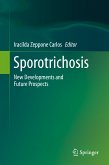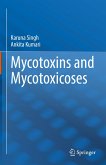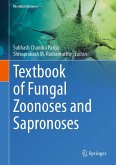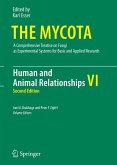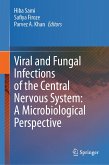This book offers readers the opportunity to learn more about current methods being used in the investigation of multi-species biofilms, both in vivo and in vitro. For this, the book highlights new technologies built and designed for the study of multiple species within biofilm communities, including those that can be leveraged for the evaluation of antimicrobial treatment approaches. The application of these state-of-the-art techniques to further our understanding of multi-species biofilms will be discussed and the reader will learn how the clinical microenvironment and the development of biofilm communities are considered when developing such tools.
With cutting-edge contributions from experts in the respective domains, this book will benefit translational and basic research scientists, as well as clinicians, and is an informative resource for educators and their students.
Dieser Download kann aus rechtlichen Gründen nur mit Rechnungsadresse in A, B, BG, CY, CZ, D, DK, EW, E, FIN, F, GR, HR, H, IRL, I, LT, L, LR, M, NL, PL, P, R, S, SLO, SK ausgeliefert werden.

